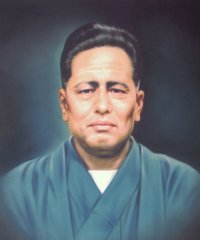

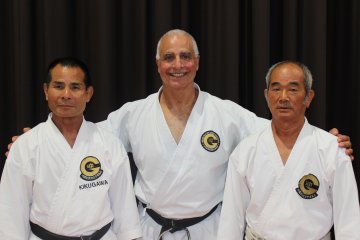
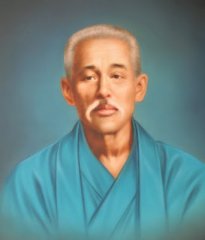
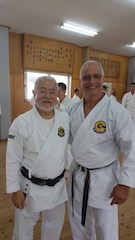
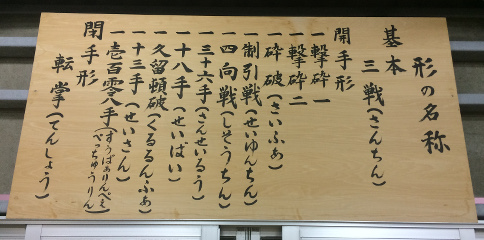
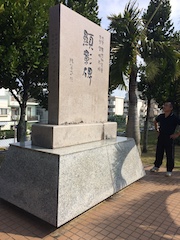
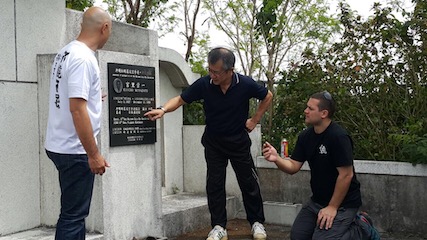
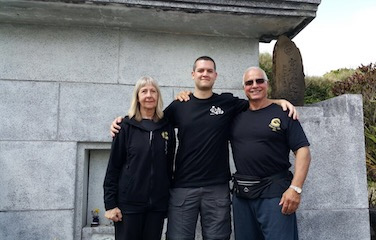
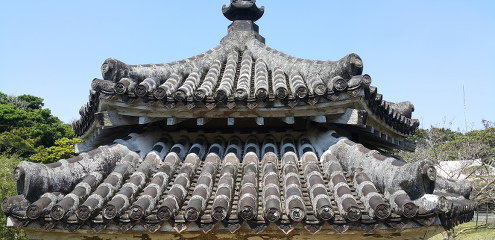
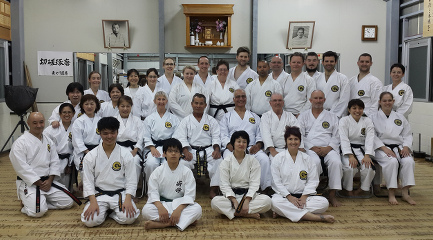

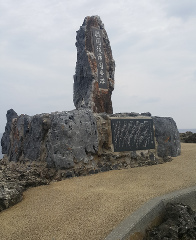


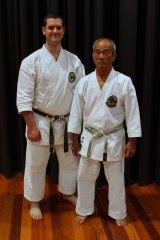
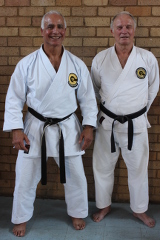
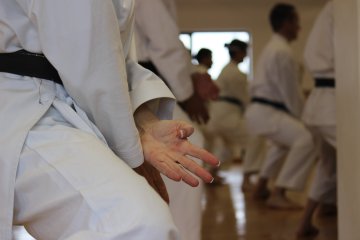




















You Are Here: About » Goju-Ryu Kata » Gekki Sai Dai IchiKata, Bunkai and Kumite - Explanation of the parts of Karate:Kata:Kata is a combination of basic techniques arranged in a stream of consecutive body movements, consisting of various attacking and defending techniques, using both hands and feet, against a number of imaginary opponents, covering attacks from every possible direction. This requires good balance and posture, correct stances, speed, strong focus, swift and accurate perception and correct breathing.
The Kata trains: punches; kicks; strikes; blocks; and stances. In a defensive manner they suggest and teaches the practitioner:
Kata is a very important aspect of karate, and many consider it to be the "Life and Soul" of Karatedo, having been practiced and developed for centuries by literally millions of Karate-ka (practitioners of karate). It has been passed down through the generations, acting as a vehicle for the secrets of karate. Kata is said to be an expression of both culture and human nature. Initially your kata will be slow, but you will gradually build up pace as you get more experienced as well as improve on your breathing technique, power, and accuracy. You could describe kata as a chapter in a book. It has full stops and commas. Places when you stop and places where you pause. You should learn to perform a kata like you would read a book. As well as learning a kata, in order to fully understand it you can also study "kata application". Techniques can be used as restriants, to perform neurological shut down, as a method of stopping/harming the respiratory system, or stunning the opponent. Bunkai & Kumite:"Bunkai" are two or more person drills practiced to show the meaning of sequences of movements in kata forms. Kata is to be understood as a "living textbook" in which karate proper - its techniques and philosophy - is passed down. The practice of kata itself provides the practitioner a sense of structure and possibilities to use in a real fight. Bunkai, on the other hand, is the analysis-or interpretation (oyo-bunkai) - of kata movements. Techniques-within-techniques are revealed through constant practice of kata and bunkai.
The kata taught in Goju-Ryu are rather traditional and are emphasized more than actual kumite (or free sparring). This emphasis in kata is also an emphasis in bunkai, the actual self-defense application of the kata movements. The self-defense approach explains why Goju-Ryu does not emphasize free sparring with limiting rules. When performing any pre-arranged kumite in karate the rule applies... "The attacker moves first (usually on command of the instructor), the defender/person blocking only moves once the attack has been initiated." When you first learn a pre-arranged kumite you should start off performing the techniques slowly, the kumite should be repeated many times to ensure that you have learnt and understood its meaning, and pattern of techniques. As you become more familiar you should work on perfecting your stances, and accuracy of strikes and blocks. The next progression is to add further speed and power, and continually improve this until the technique flows, looks and feels sharp, and shows the level of strength and discipline necessary. Keep in mind that you should work together with your partner, build up the pace until you are both ready, and are sure of the movements. Also the attack must finally be performed as though "you mean it" as the blocks will look untidy and inaccurate. Attack:It is sometimes a habit for the defender to position themselves straight away in their blocking position, the attacker should still aim for the face or solar plexus for example where the attack is supposed to be directed. Do not pre-empt the defender's movement and position when they move to block, just continue to take the attack to the correct area of their head/body bearing in mind that you are not supposed to know where they are going to move to.
If once you have moved to attack and you realise your distance from the defender is not correct you can work (shuffle) your way forward to close the distance, or back to increase the distance. Defence:Be careful not to anticipate the attack, wait until the attacker has begun to move before you move yourself. Block every attack as though "you mean it", imagine it as a "serious" attack.
Be sure that as the defender you do not begin your defence on the command of the instructor, but as a reaction to the attacker. If you were to begin on the command of the instructor your block would be wasted as the attack may not have yet reached the stage at which it is a threat to you. Once you have moved it also leaves you in the wrong position for the attacker to complete their technique and you may have to start again.
|